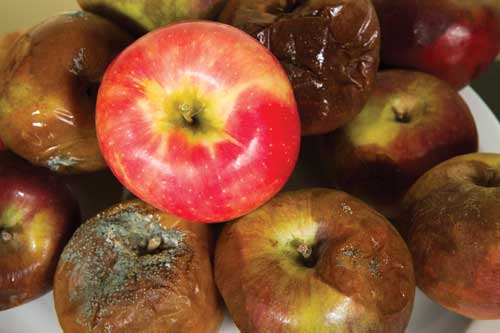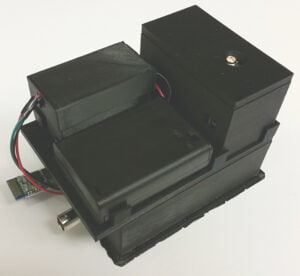FOOD, what does come to our mind when we hear this word? Yes, Food is any nutritious substances that an organism require in order to maintain life and growth. Everything in this world has its own lifespan. Similarly, food also has its own shelflife. Sometimes various microorganisms like bacteria such as E.coli may contaminate the food and cause spoilage. And it takes longer to detect the contamination. But with the recent advancements in food science, devices can detect bacteria on spot by using light.
Introduction
Food spoilage results when microbiological, chemical or physical changes occur in food. As a result, food product becomes unacceptable to the consumer. The growth of microorganisms causes microbiological spoilage in food. Which produce enzymes that lead to objectionable by-products in the food.

No one wants a bacteria in their foods unless it is a probiotic. If any bacteria are present in the food, and the consumer is not aware of it, then it may cause severe health problems. So if any bacterially contaminated food is present in the kitchen, or in the store, the sooner the authorities know, the better it is.
As per the recent advancements in science and technology, a device can spot harmful bacteria in food at the location without a laboratory, just by using light.
How it works!!
The user adds a proprietary “Enrichment Liquid” to the food sample and rinses it. Then it is left to incubate for some time in the solution. The Enrichment Liquid contains a specially modified virus, which can infect the bacteria. If the virus finds any harmful bacteria in the food sample then it infects them.
Then the user adds another chemical to the sample, which makes the infected bacteria emit light. And hence SiPM calculates the emission of light. SiPM is otherwise known as Silicon Photomultipliers, which are solid-state single-photon sensitive devices based on Single – Photon avalanche diode implemented on a common silicon substrate. The SiPM is able to count the individual photons (light-transmitting particles). Then it sends the data by Bluetooth to a smartphone or laptop. That device, in turn, indicates the number of bacteria present in the sample

To test this technology, scientists made an inoculation of store-bought beef with E.coli bacteria and incubated it for 10 hours. After the incubation period, SiPM was used to spot and analyse the bacterial population in the food by the use of light emission, and it succeeded in the detection of the bacteria.
“Our assay offers higher sensitivity, lower cost, better portability and other distinct advantages when compared to existing detection methods,” says Applegate, who is now commercializing the device via his spin-off company, Phicrobe
Thus the device, SiPM can spot harmful bacteria in food at the location without a laboratory, just by using light.
Source: Purdue University



